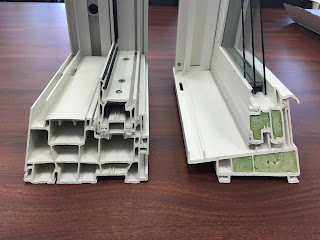Your local window company should be able to tell you which of their products meet these criteria. You can also use the Energy Star climate zone finder to figure out which climate zone you live in.
There are certain eligibility requirements that you must meet to receive your tax credit:
- The product(s) purchased must meet Energy Star program requirements
- The product(s) must be installed at the taxpayer's primary residence
- The product(s) must be installed between January 1, 2012 and December 31, 2016
You are eligible for a tax credit of 10% of the product cost, not including the cost of installation/labor. There is a maximum of $500 total for all Energy Star tax credits. If you've claimed a tax credit in a previous year, make sure to consult with your tax professional to make sure you are still eligible.
There are maximum tax credits for both windows and doors:
- $200 maximum credit for eligible windows
- $500 maximum credit for eligible doors
For more information, check out the Energy Star website. And if you're shopping for windows or doors in the Southwest Ohio or Northern Kentucky areas, make sure to check out Windows Plus of Cincinnati and Dayton to find Energy Star rated replacement windows and entry doors.
And most of all, make sure you're not leaving money on the table!



